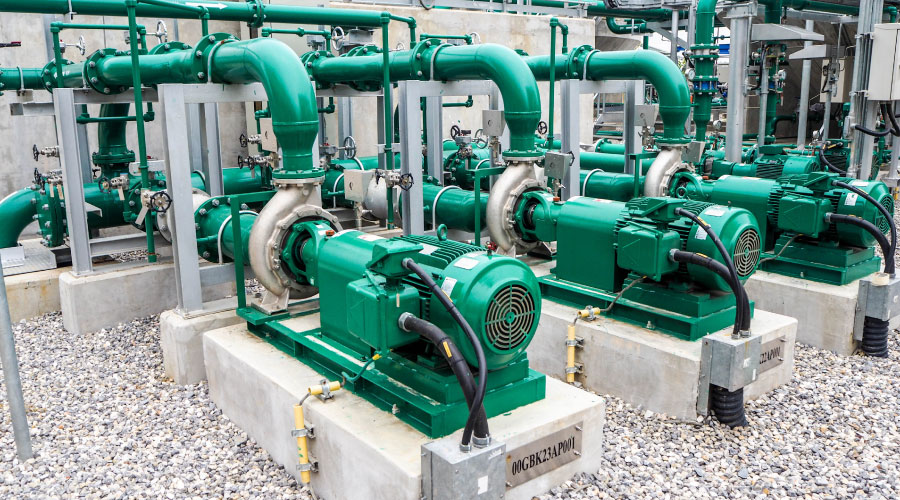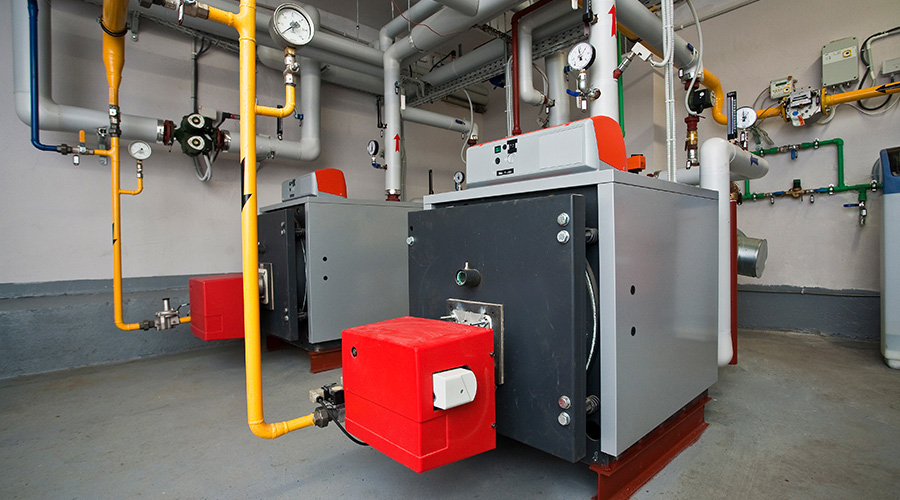Little Pain, Real Gain
Facility executives who know where to look can find
low- and no-cost ways to reduce HVAC energy costs
When facility executives look to improve HVAC system performance, one of the first things that comes to mind is cost. But updating controls, installing variable frequency drives, replacing motors and other big-ticket improvements aren’t the only ways to reduce HVAC operating costs.
A variety of low- and no-cost measures can help trim HVAC costs — measures that pay for themselves in a year or less through avoided energy costs or that require only staff time. Of course, not every measure is appropriate for every facility, and savings will vary depending on factors like energy costs, age and condition of equipment, and staff knowledge.
Keep An Eye On The Store
To find problems that could affect energy use before they also cause complaints, some facilities conduct inspections twice a year covering:
- Diffusers, registers and fan boxes. (Look for blockages, faulty settings.)
- Air handler coils. (Clean if needed.)
- Ducts. (Look for leaks, damage.)
- Dampers. (Check operability, closure.)
- Air filters. (Check for scheduled replacement, clogging.)
- Air handlers and exhaust fans. (Check pulley tension and alignment, motor vibration, overheating, casing leaks).
Annual inspections address:
- Thermostats. (Check proper operation and responsiveness to EMS commands.)
- Chiller heat exchanger tubes. (Clean and check water quality.)
- Door, window seals. (Look for leaks.)
- Steam traps. (Look for leakers.)
One routine inspection found an exhaust fan motor running with a broken pulley belt so no air was being exhausted. To compensate for the stuffiness that resulted, space temperatures had been reduced. During another inspection, diffusers were found partially covered by occupants complaining of overcooling. A technician asked if any other actions had been taken by the occupants to deal with the problem. He was then shown the electric space heaters they had installed to run — during the summer.
Check Individual Spaces
Conditioning of unused spaces (either empty or during off hours), and spaces whose use has changed significantly, is surprisingly common. The first (and often easiest step) is to shut off air flow to those spaces. That may mean such measures as closing dampers, shutting off fans and shutting doors until a space returns to normal use.
Where the use has permanently changed, air flow should change to match the new task, especially if the need for outside air is reduced. Changing a fan’s pulley wheel size will cut air flow, significantly reducing fan motor load and heat output. A 20 percent reduction in air flow reduces fan motor power by nearly 40 percent while also cutting chiller load.
Internal loads like lighting require a significant amount of cooling. Reducing or controlling them more closely cuts cooling costs, especially in off hours. Manually turning off lights (especially incandescent lighting) when not needed immediately cuts the need for cooling. Automatic systems (such as occupancy sensors, timers, or EMS control points) yield even tighter control. Just shutting off a light, of course, will produce direct savings in addition to the money saved indirectly by reducing the need for cooling. Where electric rates are high, replacing incandescent lamps with screw-in compact fluorescents may pay back in about a year while permanently cutting cooling load.
Even a vending machine emits several hundred watts from its lights and internal cooling systems. Unless fresh food is being stored, such cooling is needed only to counter the heat emitted by the machine’s internal lighting. Low-cost sensor kits are available for shutting off vending machines based on occupancy.
Shutting off local exhaust fans after hours keeps conditioned air in buildings at night. Even bathroom exhaust fans are usually not essential until shortly before the start of the workday.
It is not uncommon for multiple computer room units to be inefficiently running at very low loads because computer cooling loads were overestimated or have dropped. It may be possible to shut off (or demand-control) some units. In one case, a duct cross-connection was installed to enable either unit to serve a computer room while the other remained off. If the cooling load rose, both units came on.
Wherever control exists over an internal load not needed 24/7, be sure it is being used. Many electric motors continue to run needlessly, building up heat in a space that requires early startup of cooling systems to handle it. Escalators, for example, may run continuously when only custodians are in the building, wasting electricity and emitting heat. Ceiling fans and copy machines (unless Energy Star compliant) also fall into this category.
Lindsay Audin is president of EnergyWiz, an energy consulting firm based in Croton, N.Y. He is a contributing editor to Building Operating Management.
Related Topics:











